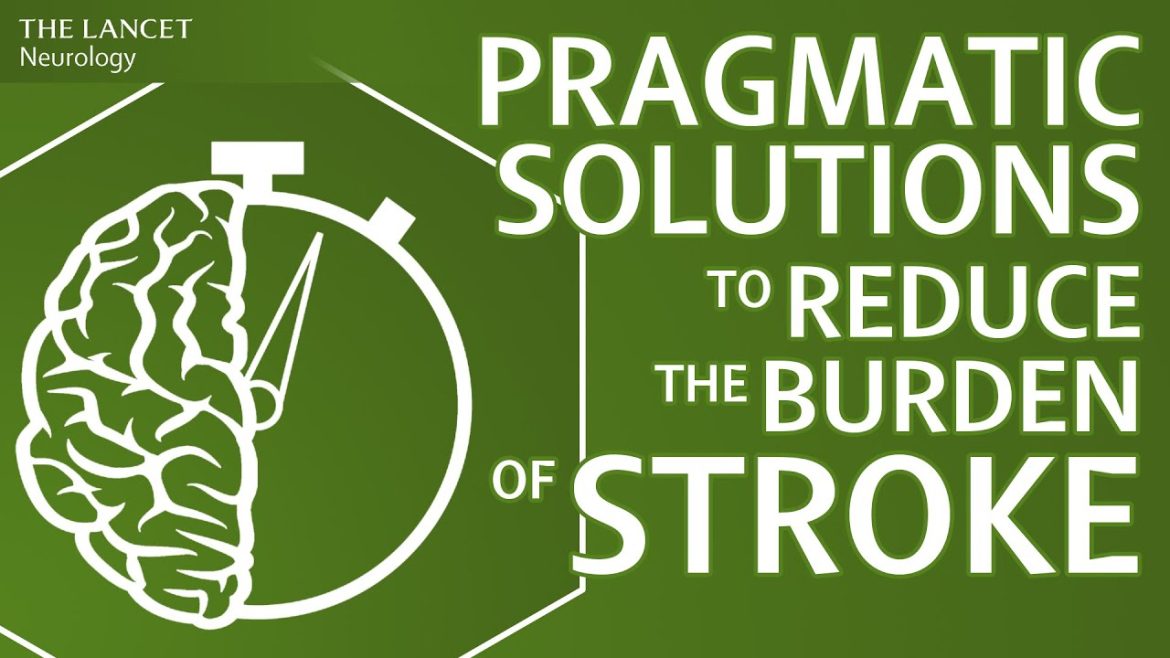By Asmau Ahmad
A new report has predicted that there will be a 50 per cent increase in the number of people dying from strokes by 2050, especially among younger people.
The report published by the World Stroke Organisation-Lancet Neurology Commission noted that people in lower- and middle-income regions and lower-income areas within high-income countries will be most affected.
The World Stroke Organisation-Lancet Neurology Commission, a new organization created to forecast the epidemiological and financial effects of the medical condition, lamented that the number of people having strokes is rising quickly globally and that annual deaths are likely to rise to 10 million.
According to the World Health Organisation (WHO), stroke is the second leading cause of death and the third leading cause of disability, adding that one in four people stand the risk of having a stroke in their lifetime.
WHO noted that stroke carries a high risk of death, while its survivors experience loss of vision and/or speech, paralysis and confusion.
While taking into account variables including population growth and ageing, researchers at the World Stroke Organization-Lancet Neurology Commission did a qualitative analysis of interviews with 12 stroke experts from six high-income countries and six low- and middle-income countries.
They discovered some key barriers to high-quality surveillance, prevention, care and rehabilitation, which include low awareness of stroke and its risk factors, such as diabetes, high cholesterol, obesity, poor diet and smoking.
The researchers found that 91 per cent of projected stroke deaths would occur in low- and middle-income countries.
According to the report, the absolute number of people affected by stroke, which includes those who have died or remain disabled, has almost doubled in the past 30 years.
It declared that the fastest growth in deaths from intracerebral haemorrhage (when there’s bleeding inside the brain) in 2050 is likely to occur in sub-Saharan Africa, including Nigeria, due to hypertension.
While calling for improved prevention and treatment of hypertension, the report said the incidence of stroke is increasing in young and middle-aged people under 55 years.
“In this commission, we forecast the burden of stroke from 2020 to 2050. We project that stroke mortality will increase by 50 per cent — from 6.6 million in 2020 to 9.7 million in 2050 — with disability-adjusted life-years (DALYs) growing over the same period from 144.8 million in 2020 to 189.3 million in 2050.
“Should these trends continue, Sustainable Development Goal 3.4 (reducing the burden of stroke as part of the general target to reduce the burden of non-communicable diseases by a third by 2030) will not be met.
“While the pace of the overall increase in the stroke burden from 2020 to 2050 is slower than that from 1990 to 2019, the burden of stroke is still higher in LMICs, Nigeria inclusive.
“Most of the contemporary stroke burden is 86 per cent of global deaths and 89 per cent of global DALYs lost because of stroke in 2020 is in low- and middle-income countries.
“By 2050, it is estimated that the contribution of stroke deaths in LMICs will increase from 86 per cent to 91 per cent. It is also said that the burden of stroke is increasing faster in LMICs than in high-income countries (HICs). India also falls under LMICs,” the report stated.


